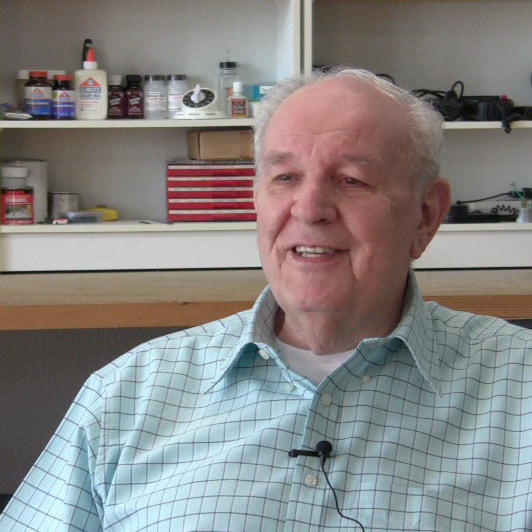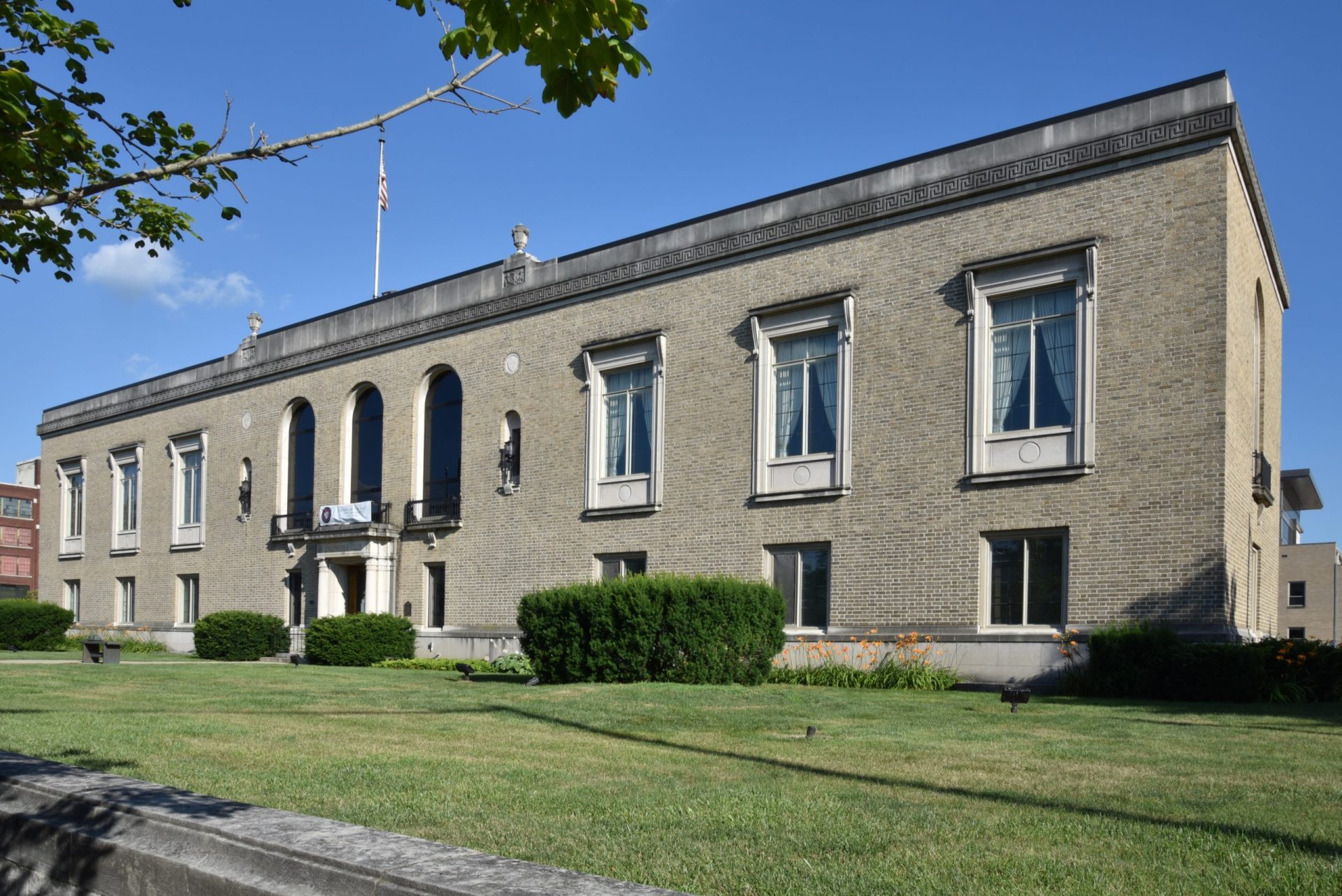
1928 – 2020
Developed Liquid Crystal Display Production Process and Thermal Print Head
Born in Dayton, Ohio on March 30, 1928, Mr. Janning attended Wilbur Wright High School. While John never graduated from high school, he continued his education in several other ways. He joined the U.S. Army, and then worked for the University of Dayton in their Advanced Projects group doing research and development in special testing. In 1958, he joined The National Cash Register Company (later NCR Corporation). He spent 30 years there in Advanced Development, R&D, and the Microelectronics Division.
In 1961, Mr. Janning invented and developed the first thermal printing wafer used in thermal printers. This process placed tiny heating elements side-by-side on the edge of a piece of glass or other insulator. By passing chemically treated heat sensitive paper over the elements while the selected elements were electrically energized, a printed page could be written quietly. This invention is the printing mechanism used in all thermal fax machines around the world today and still used by many retailers in the printing of their cash register receipts.
Mr. Janning was one of the pioneers in flat panel plasma displays in the late 1960’s and early 1970’s. He holds nine patents on this technology including the all silk-screened manufacturing process by which present plasma displays are made. These displays are widely used today at checkout counters in retail stores, gas pumps, etc. – they are the ones with the large orange numbers.
Although Mr. Janning’s liquid crystal work was brief in the early 1970’s (and late 1980’s), the discovery in 1971 that a thin film of silicon monoxide deposited at a very acute angle (85) would give stable, repeatable, and permanent alignment to liquid crystals in displays was welcomed by manufacturers around the world. On publication of this discovery in Applied Physics Letters in August 1972, manufacturers began making hermetically sealed LCD’s. The oblique alignment technique came at just the right time when the market was hungry for these new displays and his oblique alignment process ushered in the mass manufacturing of LCD calculators and watches worldwide.
In 1981, Mr. Janning received the first President’s Award from NCR Corporation. This is the highest award ever given by NCR. In 1982, he was named Outstanding Engineer in the Miami Valley by the Affiliate Societies Council of the Engineering and Science Foundation in Dayton. In 1984, he appeared on the cover of Ohio Business Magazine as one of Ohio’s inventors. In 1995, he was presented with the Charles F. Kettering Award from Mr. Robert Allen, President & CEO of AT&T, for his liquid crystal contributions contributing to the success of AT&T. Mr. Janning has been honored many times by the media and has been nominated, along with Dr. James Fergason, to receive the Charles Stark Draper Prize. The Draper Prize is the U.S. equivalent of the Nobel Prize in Engineering.
In the late nineties, Mr. Janning used his technical prowess to broaden into the area of Christmas tree lights. An age-old problem of finding “the bad bulb” led John to design a better strand of lights. This was the beginning of a legacy in the “Stay-Lit” Christmas tree light industry.
Film Credits

